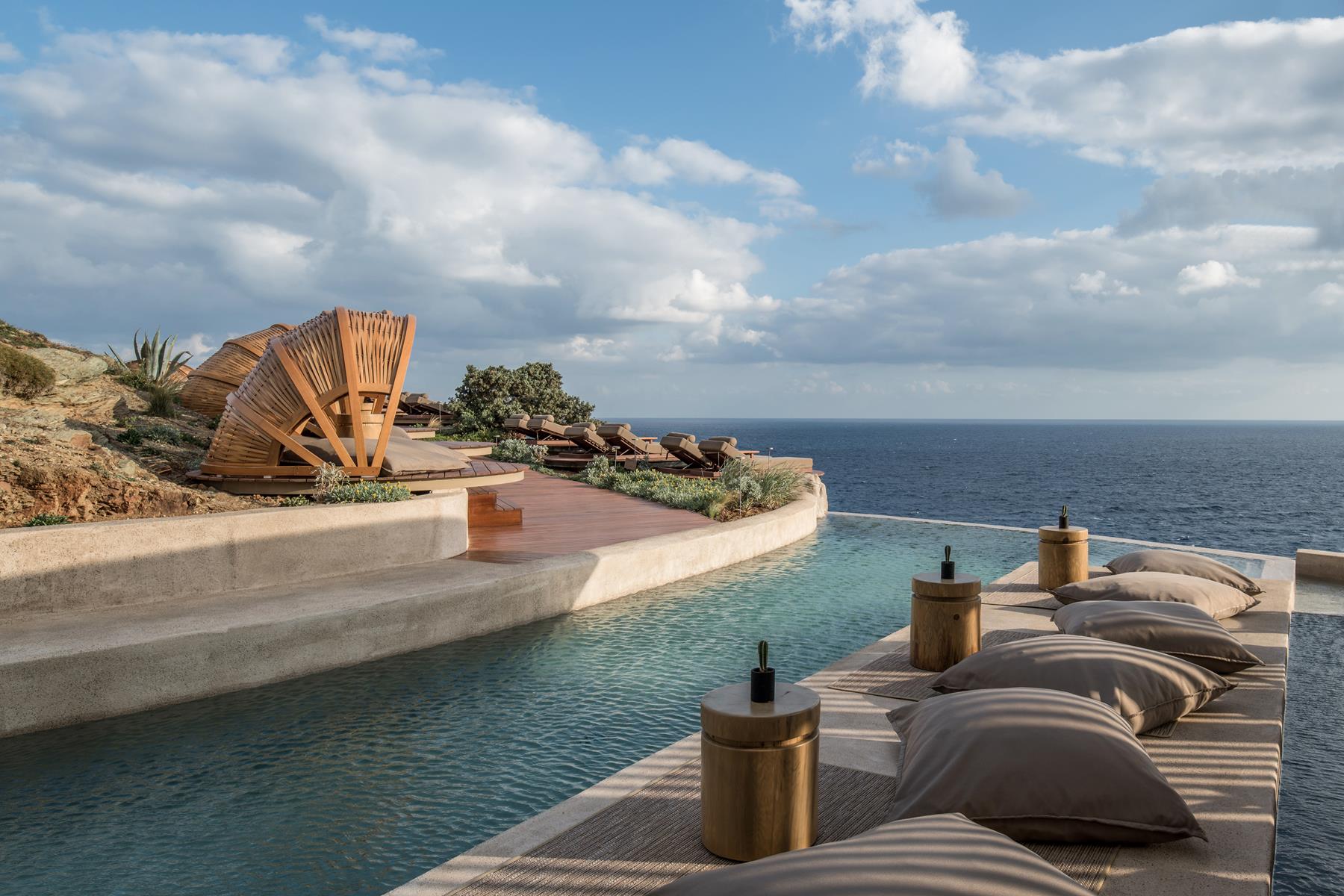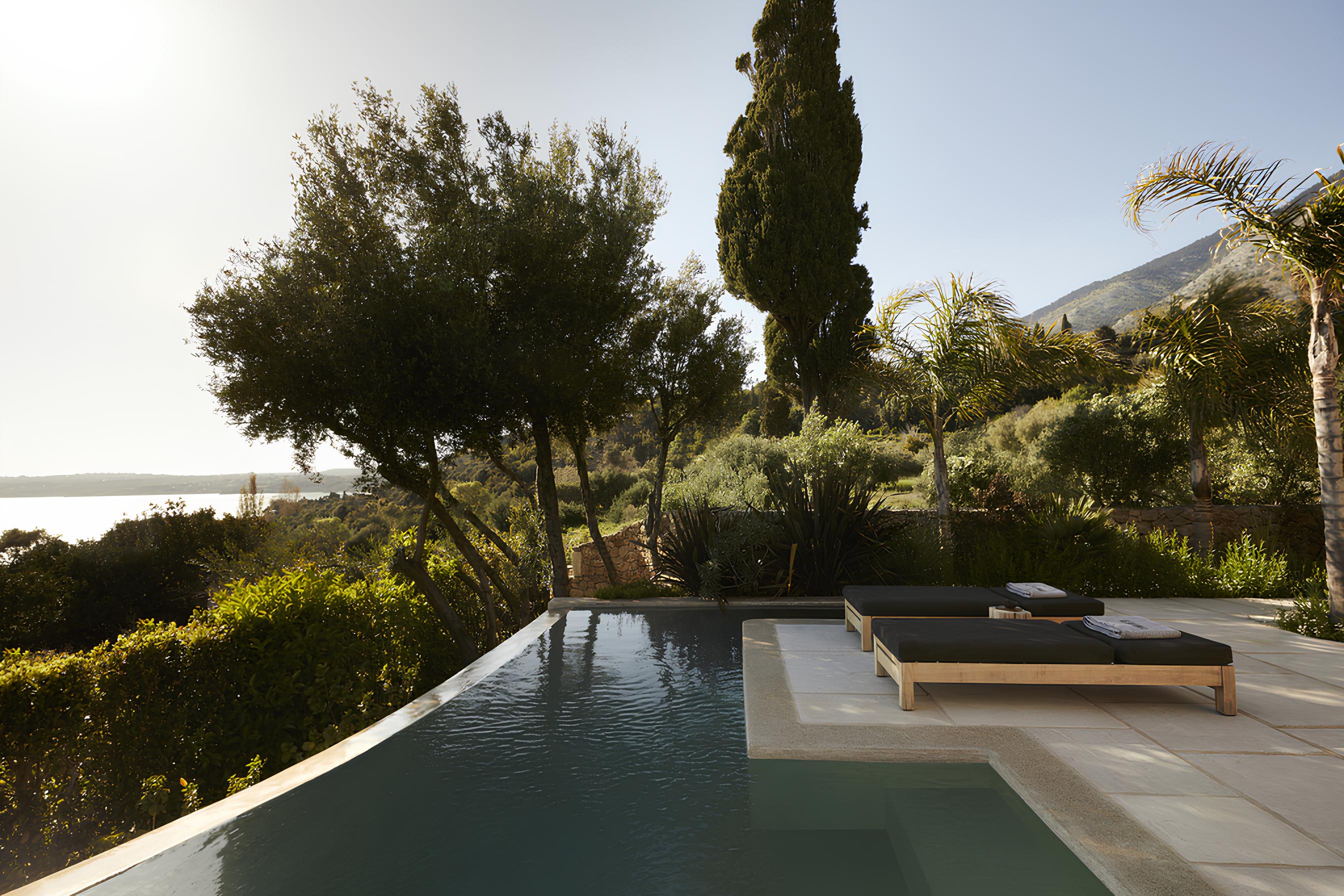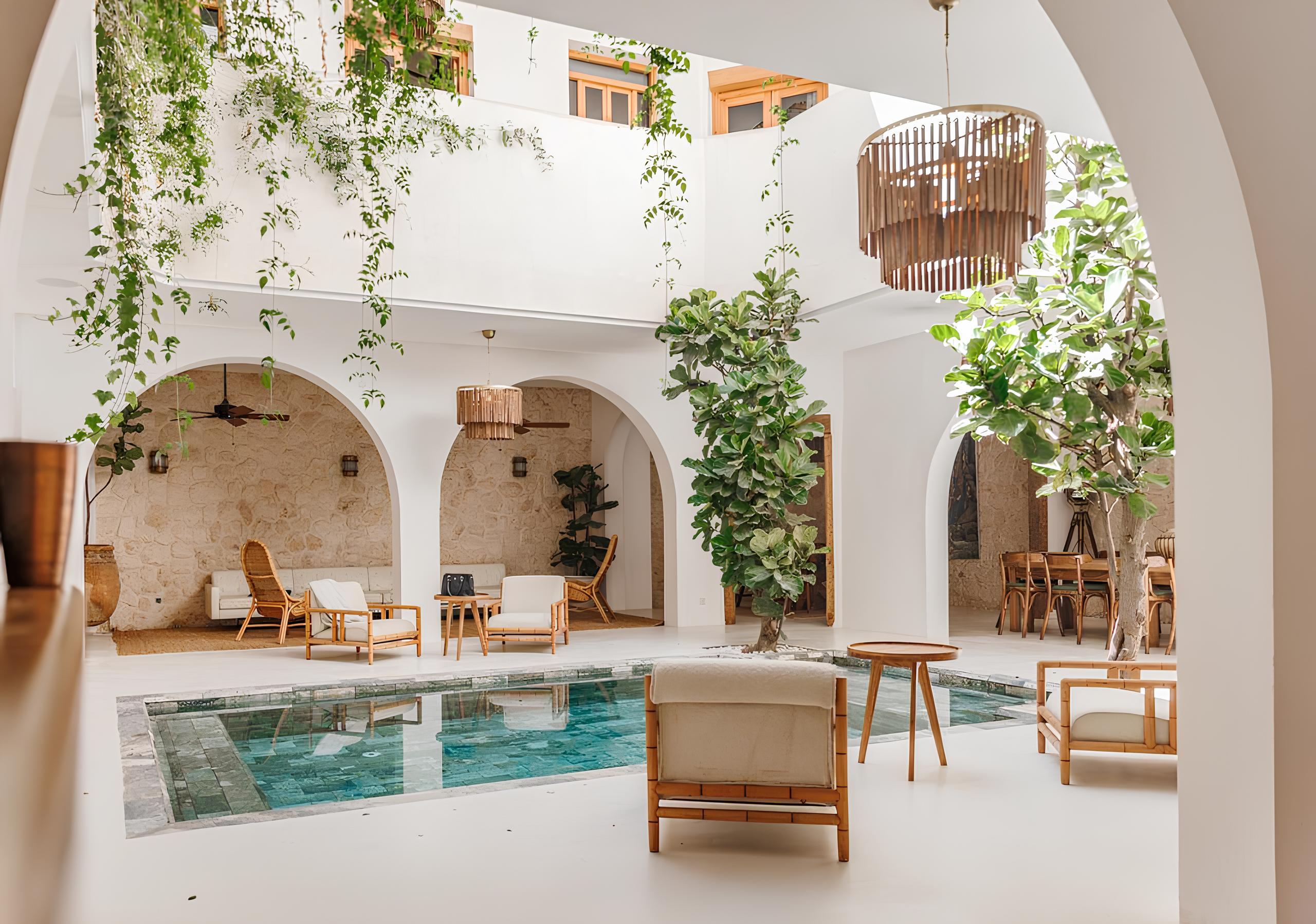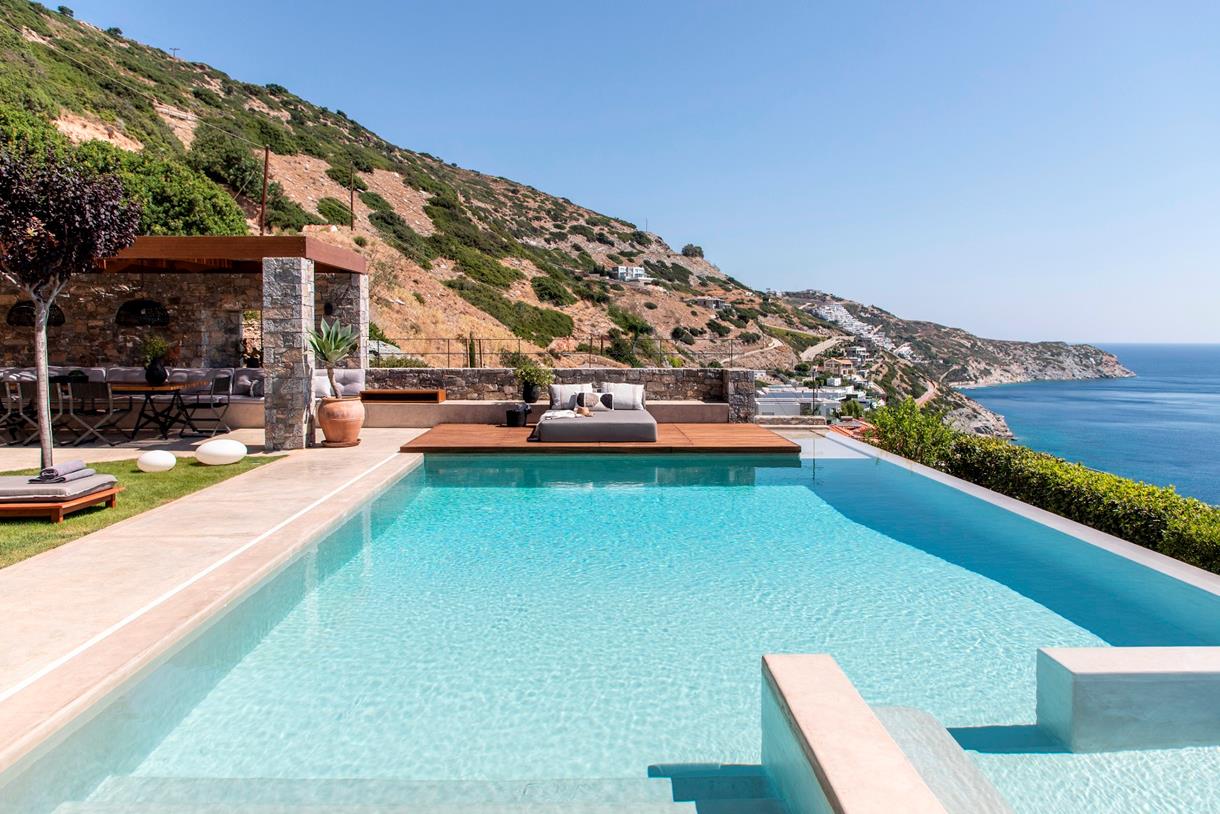Where Wellness Meets Design: Europe’s New Wave of Boutique Escapes
Discover Europe’s best wellness boutique hotels, where spa rituals, design, and lifestyle merge for the ultimate restorative escape

A New Era of Wellness Travel
Once, wellness travel meant a single day at the spa or a yoga retreat hidden in the countryside. Today, it has become something far more ambitious: an entire way of traveling. Across Europe and beyond, a new generation of boutique hotels is rewriting the rules of luxury, weaving wellness into every detail, architecture, food, rituals, and even silence.
This isn’t about ticking off treatments from a spa menu. It’s about spaces that heal, design that soothes, and experiences that restore both body and mind. From cliffside sanctuaries in Greece to riads in Marrakech where hammam rituals meet contemporary design, wellness has become the new language of luxury.
The Rise of Wellness Boutique Hotels
According to the Global Wellness Institute, wellness tourism is one of the fastest-growing segments in travel, expanding twice as quickly as the industry overall. Post-pandemic, the appetite for restorative escapes has only intensified. But travelers today are demanding more than massages and yoga classes.
They want immersive experiences: hotels where wellness is not an add-on but a philosophy. Places where design, gastronomy, and culture align to nurture balance. In Europe, boutique hotels have taken the lead, blending intimacy with innovation to create havens that feel as personal as they are luxurious.
Where Architecture Heals
Great design doesn’t just look beautiful, it shapes how we feel. Boutique wellness hotels understand this better than anyone. They use architecture as a form of therapy, aligning spaces with nature, light, and rhythm.
On Crete’s rugged cliffs, Acro Suites redefines wellness through raw beauty. Built into the rock, its boho-chic design uses stone, wood, and flowing fabrics to blur the boundary between indoors and outdoors. A yoga pavilion crowns the resort, open to sea breezes, while the spa merges natural elements with holistic therapies. Staying here feels less like checking into a hotel and more like entering a philosophy of living.
In Kefalonia, F Zeen takes its name from the ancient Greek concept of eudaimonia — human flourishing. The architecture mirrors this philosophy: minimalist suites that open directly onto nature, infinity pools suspended above olive groves, and spaces designed for silence as much as for socializing. Here, simplicity becomes the ultimate luxury.
These hotels prove that design can heal, not just through what it shows, but through what it removes. Clutter, noise, and stress fall away, leaving space for stillness.

Beyond the Hammam: Ancient Rituals Reimagined
Wellness is not a modern invention. In Marrakech, hammams have been part of daily life for centuries, rituals of cleansing that are as social as they are restorative. Today, boutique riads reinterpret these traditions, blending ancient therapies with contemporary design.
At Riad Botanica, the hammam is not just a treatment room but a sanctuary. Traditional Moroccan tiles, warm lantern light, and herbal aromas create an atmosphere where time slows. Guests are invited into centuries-old rituals, black soap scrubs, ghassoul clay masks, but delivered in a setting that feels both intimate and contemporary.
Over in Crete, Minos Beach Art Hotel approaches wellness as culture. One of Greece’s pioneers, it scattered sculptures across its gardens decades ago, turning the property into a living gallery. Here, art and therapy converge: spa treatments are paired with visual journeys, and architecture becomes part of the healing process.
By blending the ancient and the modern, these hotels remind us that wellness is not a passing trend but a timeless need, expressed differently across cultures.
Food as Therapy
Wellness is as much about what we put into our bodies as what we do with them. The new wave of boutique hotels has embraced gastronomy as a form of therapy, curating menus that are both nourishing and memorable.
In Marrakech, Pure House elevates healthy dining into a ritual of its own. Menus emphasize fresh, seasonal ingredients, often sourced directly from local farms. Dishes are light but flavorful, designed to energize rather than overwhelm. Dining here feels like a continuation of the spa experience, restorative, balanced, intentional.
At F Zeen Kefalonia, food follows the same philosophy as the architecture: simplicity elevated. Think grilled fish with herbs from the hotel’s gardens, fresh salads drenched in local olive oil, and detox juices designed for post-yoga mornings. The focus is on reconnecting with natural rhythms, eating well, eating slowly, eating together.
Gastronomy has become part of the language of wellness, turning every meal into an opportunity for healing.

The New Luxury: Space and Silence
For decades, luxury in hotels was measured by extravagance: chandeliers, marble, butlers on call. Today, the definition has shifted. The new luxury is space. Silence. The chance to disconnect from everything but yourself and your surroundings.
In Crete, Villa Octo embodies this philosophy. With only a handful of suites and a design that dissolves walls into the landscape, it offers privacy as the ultimate indulgence. The architecture is clean and minimal, leaving room for the essentials: the sound of the sea, the feel of the breeze, the warmth of the sun.
In Marrakech, La Plantation and Dar El Sadaka push this even further. These private villas create an environment where wellness is defined not by treatments but by freedom. Vast gardens, secluded courtyards, and art installations turn everyday life into meditation. Here, silence itself becomes the greatest luxury.
For modern travelers, these are the experiences that matter. Not excess, but essence.

Why Wellness and Design Belong Together
Wellness and design may seem like separate ideas, one about the body, the other about aesthetics. But the most visionary boutique hotels prove they are inseparable. Design shapes how we move, rest, breathe, and connect. A well-placed window, a curve of stone, or a line of sight across water can do more to heal us than any treatment.
This is why the future of travel belongs to wellness boutique hotels. They are not just places to stay but philosophies to live by, each one offering a blueprint for a better way of being.
Community FAQ
What is a wellness boutique hotel?
A boutique property where wellness is integrated into every aspect: spa rituals, architecture, gastronomy, and experiences designed for balance and restoration.
Why is wellness travel growing in Europe?
Travelers seek restorative escapes that combine luxury with health, culture, and design. Europe’s diversity of landscapes and traditions makes it ideal for wellness-focused travel.
Which destinations are best for wellness retreats?
Greece (Crete, Kefalonia, Santorini), Morocco (Marrakech), and Italy’s coastal regions are among the top spots for design-driven wellness escapes.
What makes design important in wellness hotels?
Because architecture shapes experience. From light-filled rooms to minimalist interiors, design creates calm, focus, and a sense of connection to nature.